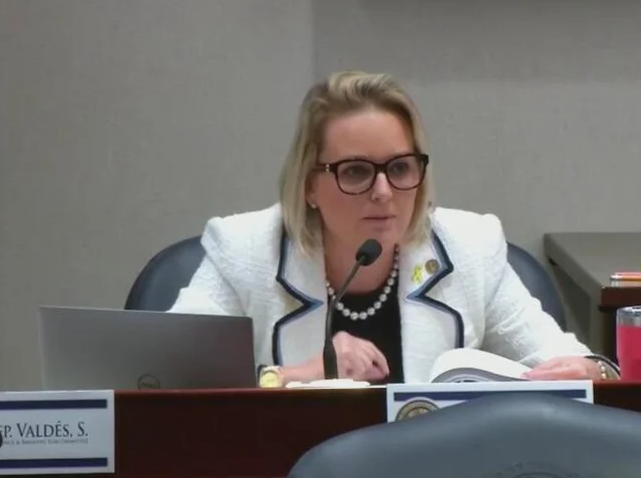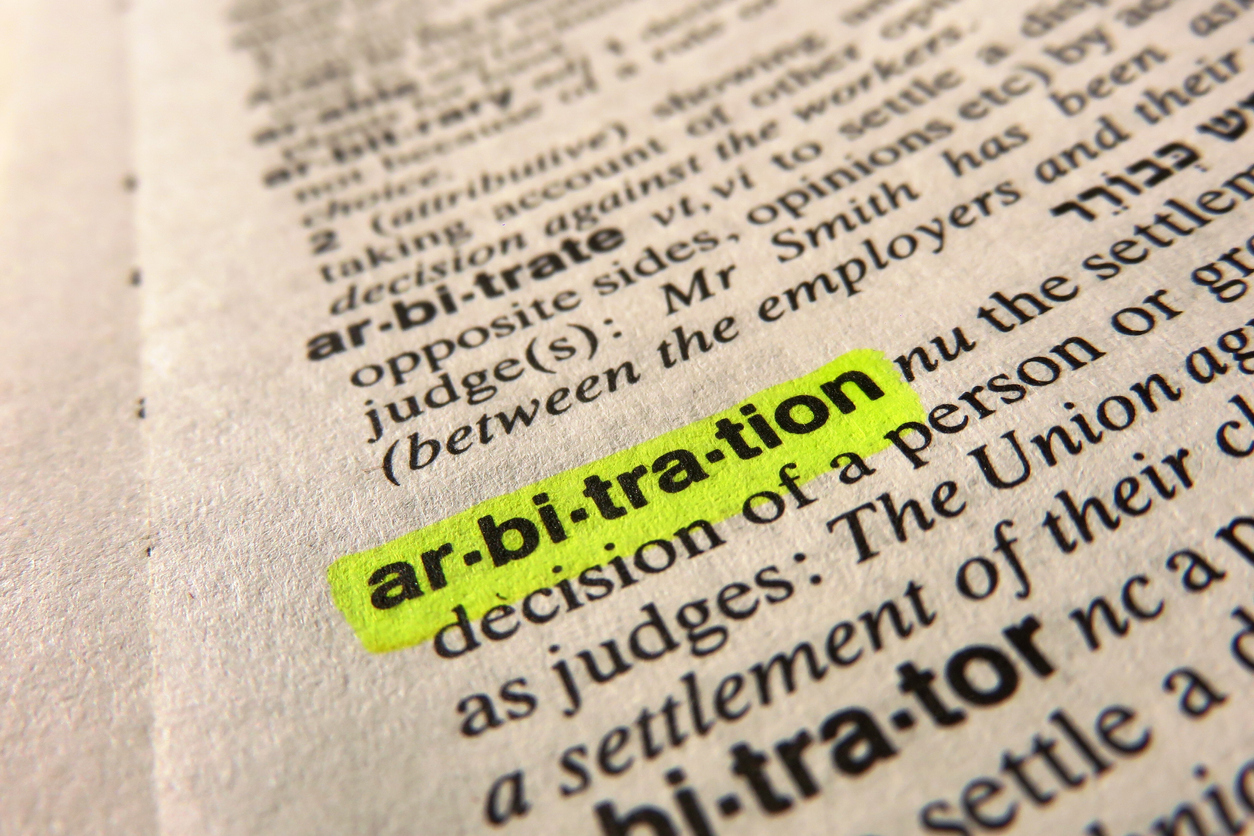The anticipation of litigation is the trigger used in Florida to determine when a party to an action can claim a work-product privilege in connection with a documents production.
The Question: When does an insurance company actually anticipate litigation?
The Answer: It depends.
In Royal Bahamian Ass’n, Inc. v. QBE Ins. Corp., No. 10-21511, 2010 WL 3452368 (S.D. Fla. September 3, 2010), the court ordered QBE Insurance Company to produce all documents previously withheld under the work-product privilege that were prepared before it anticipated litigation. The Court also specifically indicated when it determined the insurer, QBE, could claim certain documents were protected by the work-product privilege.
In this particular case, Royal Bahamian Association Inc. filed suit against itsr property insurance carrier, QBE, for damage to the property caused by Hurricane Wilma. The policyholders asked the insurance company for documents in a formal discovery request and QBE filed objections. QBE argued the documents were protected by the work-product doctrine because they were prepared in anticipation of litigation,which QBE anticipated as early as June, 2006.
According to the order, QBE anticipated litigation in June, 2006,for two reasons. First, QBE argued that prior to June 24, 2006, a board member of the roof committee for Royal Bahamian allegedly threatened litigation to the adjuster assigned to the claim by QBE. Dodd filed a report with QBE which said “some members feel they are not being treated fairly and at least one of them has recommended filing suit.” The second reason was because of Royal Bahamian’s alleged failure to respond to information requests, which QBE argued was a breach of the contract.
The Court held that because QBE routinely offers insureds the opportunity to cure technical breaches of contracts by complying with their obligations to produce claim related information, it could not rely on the alleged breach as a basis to anticipate litigation.
With respect to the threat of litigation, the Court held that a single threat of litigation “on an unknown date by an unidentified roof committee member…does not constitute specific proof that QBE reasonably anticipated litigation as of that date.”
The judge explained that the threat was not enough to meet the standard because the report relaying the threat was not written until nearly a month after the adjuster’s meeting with the roof committee. Further, the report did not pinpoint the date of the threat, specifically identity the person who made it, or identity the person as a member of Royal Bahamian’s board. The judge also explained that decision to file a lawsuit would have likely have required a consensus of the association board, so legal action could not be truly anticipated at the point of the alleged threat.
The basis of the Court’s decision seems to be extensively fact driven. Because QBE continued to actively evaluate Royal Bahamian’s claim and suit was not filed until almost four years after the single threat of litigation, QBE could not claim the work-product privilege for documents prepared prior to April 2, 2010 (the date suit was filed).
The decision of this case is a good result for the policyholders; they are now entitled to four years’ of documents that the insurance company had not previously provided.
I decided to share this case during my Saturday series of posts because I think is important to see how carefully the pre-suit actions of the parties were evaluated by the judge. The policyholders were successful in their quest for documents related to the insurance company’s investigation of the claim because the insurance company could not reasonably have anticipated litigation based on a vague threat nearly four years before suit was filed. Had the insureds sent a letter or held a vote in 2006 regarding potential litigation, however, the judge might have agreed with the QBE and allowed documents to be withheld.



